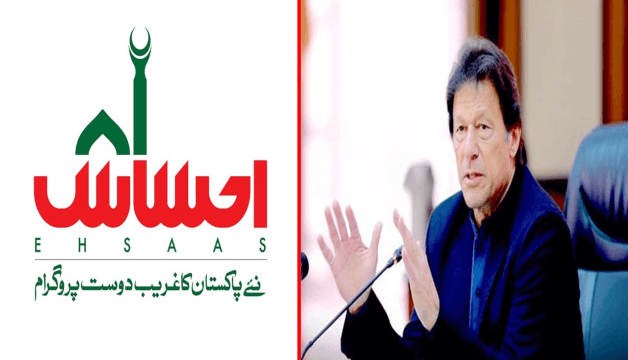Last Updated on: 22nd August 2023, 11:51 pm
To ensure the clarity in the distribution of payment of Ehsaas Emergency Cash, the Prime Minister’s special assistant for the fight against poverty and social security, Dr. Sania Nishtar, launched the Ehsaas Emergency Cash Information Portal on Friday.
Via this information portal, anyone can get information about the number of families benefiting from the program and the total amount paid at the Tehsil levels.
The portal describes the amounts granted to partner banks for disbursements to beneficiaries and the number of beneficiaries who have withdrawn money.
Aiming to ensure utmost transparency in #EhsaasEmergencyCash operations, I released #InformationPortal in a press conference that gives real time access to category wise disbursements info up to Tehsil levels. #PM approved it on Apr 22. Portal here: https://t.co/z3jTk5PpFa pic.twitter.com/La1nxp9JnM
— Sania Nishtar (@SaniaNishtar) April 24, 2020
Dr. Sania Nishter shared details about the portal and said the panels on the portal will include details of the number of beneficiaries in each of the three categories, broken down by province, district, and country.
“Kafalat beneficiaries belong to Category I, in which the share of the provinces was determined in 2010. In Category II, the provinces’ share is based on the 2017 census. Sindh’s participation in Category I is higher because it is observed that the program is carried out on merit and without political influence or considerations, “he added.
On April 22, 2020, Prime Minister Imran Khan approved the Ehsaas Emergency Cash Information Portal. Ehsaas emergency money transactions have been running since April 9, 2020. So far, total disbursements have been made from Rs 68,885 million to Rs 5.74 billion. Beneficiaries across the country in categories 1 and 2.
According to the closing dates of the SMS service 8171, 1,460 million requests for support via SMS were received.
Inquiries received over the Internet amount to 5.6 million. After eliminating the duplication, the number of requests received was 48.2 million.
Of the total number of CNICs received with the requests, 2.6 million were invalid. The total number of cases rejected is around 13.7 million.
The reasons for the rejection were double work in the family, analysis of the wealth profile, high poverty rate in the database, high income documented by the FBR, and unchecked CNIC.
As part of the Ehsaas Emergency Cash program, the government promised to support 12 million families with a one-time grant of 12,000 rupees to each family. A total budget of Rs 144 billion was provided for this program.

Muhammad Siddique Ali Ansari is a distinguished authority in the field of social welfare and poverty alleviation, specializing in Pakistan’s Ehsaas program and the Benazir Income Support Program (BISP). With a wealth of experience spanning over 5 years, Muhammad Siddique Ali Ansari’s work combines rigorous research with practical implementation, providing invaluable insights into effective poverty reduction strategies. A sought-after speaker and trusted advisor to policymakers, she is dedicated to creating a more equitable society. Follow her on Instagram, LinkedIn and Twitter for the latest updates on her impactful contributions to social welfare.



